Counterattack 2025: Auto Joint Ventures Showcase Strengths | Joint Ventures in a Hurry (Part 1)
![]() 03/14 2025
03/14 2025
![]() 635
635
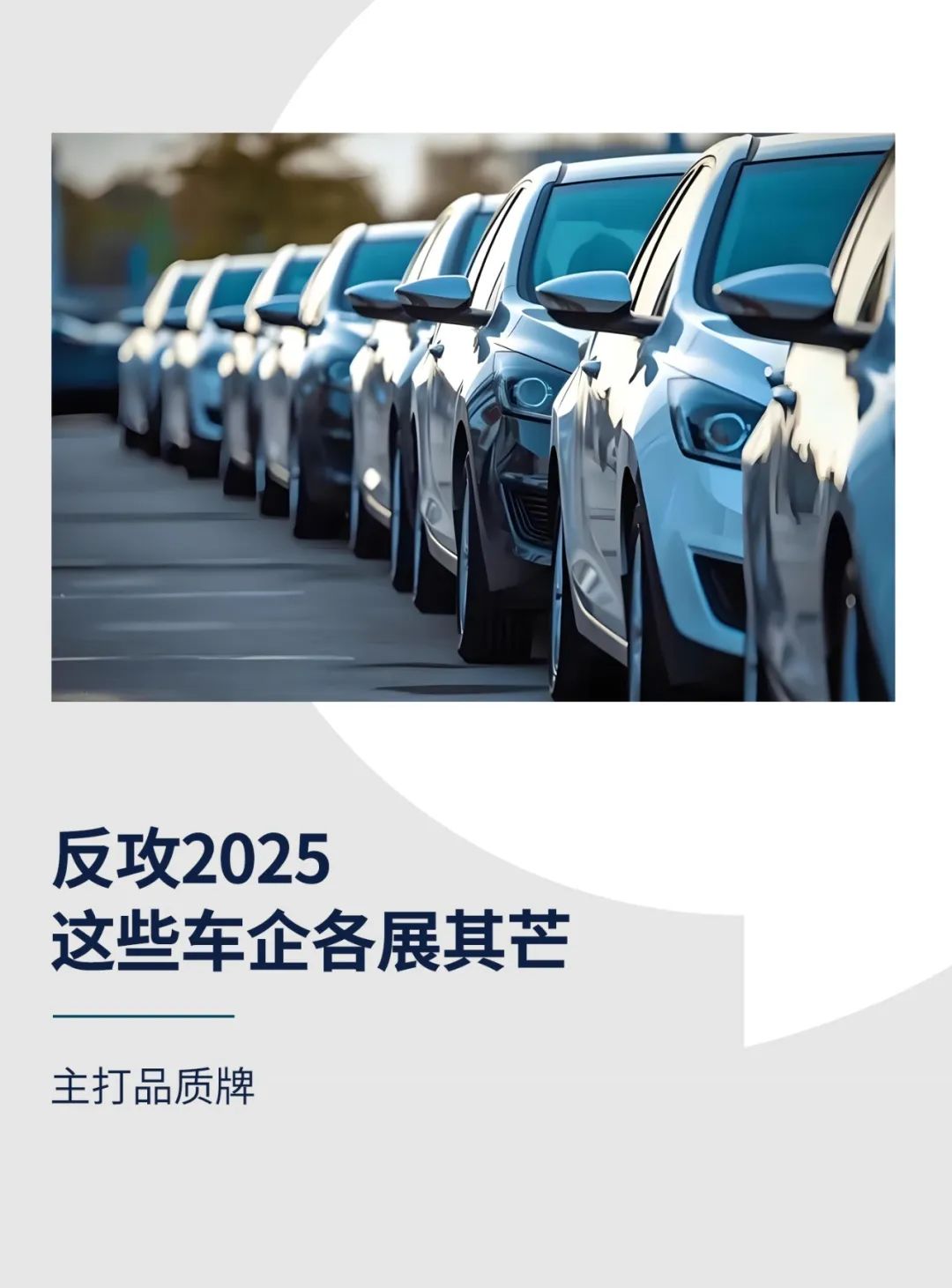
Edited by Li Guozheng
Produced by Bangning Studio (gbngzs)
| Editor's Note
As March nears its halfway point, joint venture auto brands find themselves enduring a harsh winter. In 2024, the market share of Chinese brand passenger vehicles surged 9.2 percentage points year-on-year to 65.2%; this figure climbed to 68.4% in January 2025 and further to 70.6% in February.
These stark statistics, coupled with significant moves by Chinese brands since the start of 2025, indicate that joint venture brands are consistently retreating and facing an increasingly severe situation. Time is running out for them. "To be or not to be, that is the question." Amidst the rapid advancement of new energy and intelligence, the unprecedented prosperity of independent brands, and the looming threat of survival, joint venture brands are fighting back.
After missing out on the five-year new energy dividend period, can joint venture brands turn their losses into new landscapes, returning in a different form?
Starting today, Bangning Studio launches a special series titled "Joint Ventures in a Hurry," comprising three reports focusing on the dilemmas and breakthrough paths of joint venture auto brands.
"In this era, we have too many choices, but a sense of security has become an expensive blind box for brands..." On March 6, Dongfeng Honda held the launch event for the Honda brand's first high-end pure electric SUV, the S7. Emphasizing product safety in the new energy era, it directly addressed the current feeling of out-of-control product safety, stating that the pure electric SUV S7, developed over three years, returns to the essence of electric car safety, focusing on reassurance and reliability.
On the same day, the Bozhi 3X was unveiled. As the first product of GAC Toyota's "independent R&D," it not only adopts the Momenta intelligent driving model but also refers to the pricing strategies of independent brands. On one hand, it brings the price of joint venture pure electric SUVs to the 100,000 yuan level; on the other hand, it introduces a high-end intelligent driving version at the 140,000 yuan level, extending the joint venture price war to intelligent driving.
Since late February, especially early March, joint venture brands have taken swift actions, shifting from passive defense to active counterattacks. In addition to Dongfeng Honda and GAC Toyota, Dongfeng Nissan held a technology day to showcase cutting-edge technology; FAW-Volkswagen used the launch of the Tharu L to promote the intelligence of fuel vehicles; SAIC-GM continued to seize the fuel vehicle market with the pricing model of new forces...
Most of the brands that have taken the initiative this time have deep ties to the joint venture million-vehicle sales club, but their situations are vastly different. For example, FAW-Volkswagen and SAIC Volkswagen remained in the club last year, while SAIC-GM's sales halved in 2024, falling directly from 1 million vehicles the previous year to 435,000; Dongfeng Nissan has not returned since falling below 1 million vehicles in 2023; in 2022, GAC Toyota's annual sales exceeded 1 million vehicles for the first time, but unfortunately, it failed to maintain that figure thereafter.
In 2024, the sales share of independent brands reached 65.2%, an increase of 9.2% over 2023. With the strong offensive of independent brands, it is expected that the market share of the joint venture sector will further shrink, and the million-vehicle club may be a hometown that some joint venture brands can never return to.
Since retreat is not an option, they must face the difficulties head-on. Nowadays, the momentum and smoke of the joint venture sector's comeback have filled the market.
Based on the actions of various companies, although the counterattack strategies vary, joint venture brands generally emphasize traditional advantages such as solid quality and driving pleasure.

Defend the Fuel Vehicle Market
Whether it's a withered tree meeting spring or a long silence, the fuel vehicle market has shown signs of improvement this year. In January, the penetration rate of fuel vehicles was 58.5%, up from 50.6% in December of last year.
For this market, joint venture automakers are defending it rigorously. Currently, there are two major strategies for them to protect the fuel market: one is to adjust prices; the other is to compete on technology, including power and intelligence.
Xue Haitao, deputy general manager of SAIC-GM, stated that SAIC-GM will "seize fuel vehicles and break through new energy." One of its methods is to change the pricing strategy and implement a "one-price" policy.
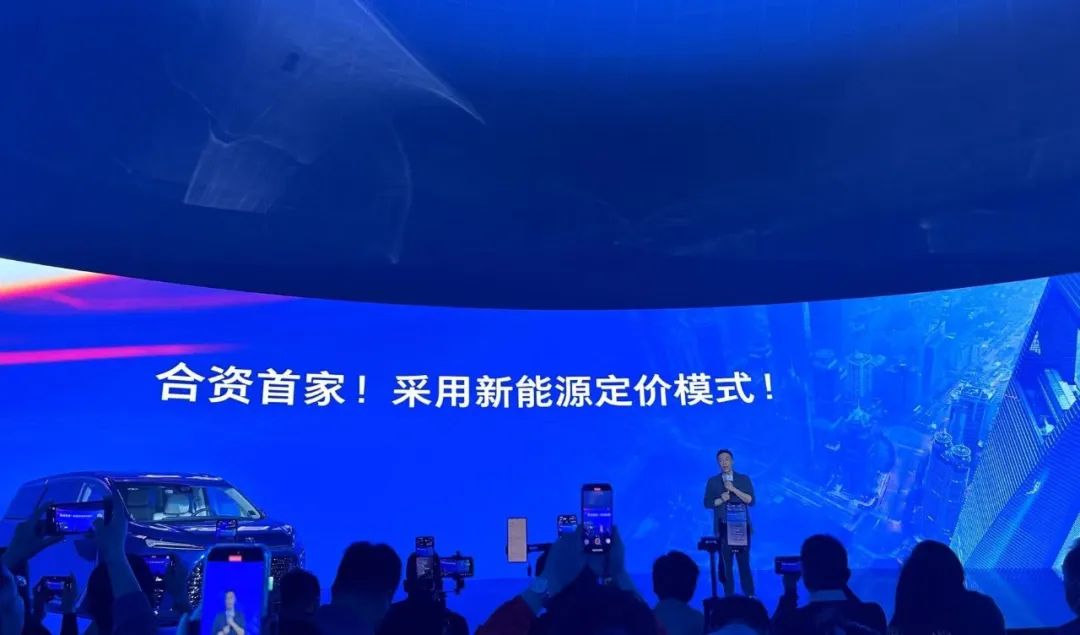
On February 28 of this year, Buick Regal officially announced a "one-price" starting at 106,900 yuan. The next day (March 1), Cadillac's new CT5 was launched, with a "one-price" starting at 215,900 yuan.
In 2024, Buick led the industry in introducing the "one-price" model, becoming the first joint venture automaker to adopt the new energy pricing model.
This pricing correction method eliminates the bargaining process, making prices open and transparent, directly influencing consumer decisions. Driven by the "one-price" policy, SAIC-GM's sales have increased, with 32,000 vehicles sold in February, a year-on-year increase of 133.6%.
However, under the "one-price" policy, SAIC-GM needs to address some users' concerns about reduced configurations.
Dongfeng Nissan has also recently announced a related "one-price" policy.
Unlike the other two in terms of pricing policies, FAW-Volkswagen adopts a strategy of adding intelligence to fuel vehicles.
This year, FAW-Volkswagen proposed a three-step roadmap for intelligent driving in fuel vehicles: The first step is to popularize core high-level intelligent driving functions in fuel vehicles at this stage, covering 95% of highway segments and 90% of urban segments nationwide; the second step is to launch intelligent driving 2.0 in the 36th week of this year (end of September), realizing end-to-end large model integration, covering 100% of highway segments and 95% of urban segments nationwide, ensuring equal rights for intelligent driving in fuel vehicles; the third step is to launch intelligent driving 3.0 in 2026, with intelligent driving functions covering all road segments nationwide.
The Tharu L, launched on March 1, is the answer to the first stage of its "three-step strategy for fuel vehicles." This car is known as the "leader in intelligent fuel vehicles," equipped with the IQ. Pilot high-level intelligent driving assistance solution jointly developed by FAW-Volkswagen and DJI Auto, supporting functions such as predictive cruise control, intelligent obstacle avoidance, intelligent lane change response, and intelligent lever-based lane change.
FAW-Volkswagen's counterpart in the north, SAIC Volkswagen, mentioned the intelligence of fuel vehicles even earlier. Last year, when the Tiguan L Pro was launched, it was positioned as the "smartest fuel vehicle," with the slogan "same intelligence for both fuel and electric vehicles."
Nowadays, the industry's debate about whether fuel vehicles can perform intelligent driving has gradually subsided. Facts have proved that although they may not match new energy vehicles in some aspects, fuel vehicles can also achieve intelligence.
While developing intelligence, joint venture automakers continue to increase R&D investment in fuel vehicle performance. On March 10, the SAIC Volkswagen Teramont Pro was launched, equipped with the fifth-generation EA888 engine with a maximum power of 200kW, an increase of 14.3% compared to the third generation; peak torque of 400N·m; 0-100km/h acceleration in 7.6 seconds; and WLTC fuel consumption of 8.35L/100km - for a medium to large fuel SUV, this is already the pursuit of squeezing out every drop of fuel energy.
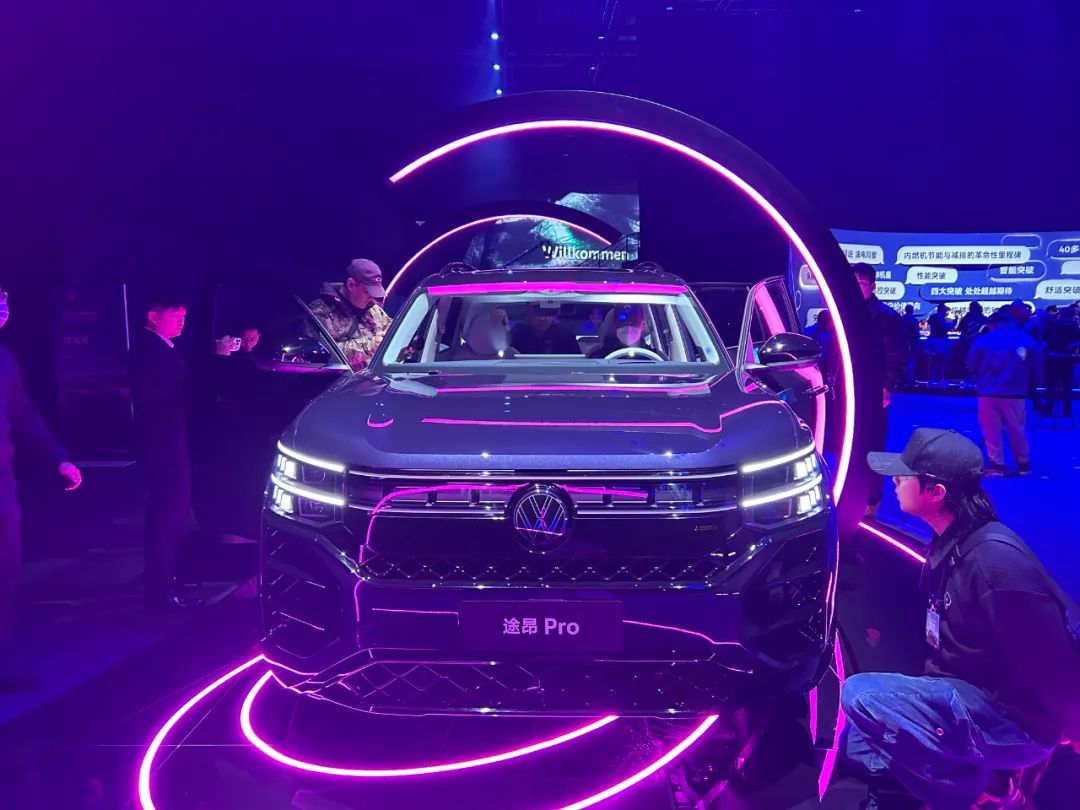
The fifth-generation EA888 strictly follows German development standards, with a total of 25,000 hours of bench testing, 1 million kilometers of intensive road condition testing, 6 million kilometers of vehicle testing, and 50 weeks of extreme road condition testing conducted on 600 engine prototypes to ensure the engine's stability and durability in extreme environments such as extreme cold, extreme heat, and high altitudes.
In the era of new energy, why hold a launch event for a medium to large fuel SUV? The engine and intelligent capabilities of the Teramont Pro are the answer. Fu Qiang, executive deputy general manager of sales and marketing at SAIC Volkswagen, said, "This time, we not only want to compete with luxury BBA brands for sales, but also want to win back users from new forces." At this stage, fuel vehicles still have a market, and fuel technology still has room for improvement, and these happen to be one of the advantages of joint venture brands.

Leveraging Local Supply Chains for Intelligence
In terms of automotive intelligence, it has become common for Chinese local technology companies to export technology, driving the rapid development of independent auto brands.
Currently, joint venture brands are still catching up on intelligence and are actively cooperating with local enterprises. Especially with the surge of national interest in intelligent driving this year, Huawei, DJI, and Momenta have become the preferred intelligent driving solution providers for joint venture automakers.
Among them, GAC Toyota and Dongfeng Nissan have partnered with Momenta. The newly launched Bozhi 3X adopts Momenta's one-stage end-to-end high-level intelligent driving large model, equipped with lidar, making it the first joint venture model to possess high-level intelligent driving, and that too in a 140,000 yuan vehicle.
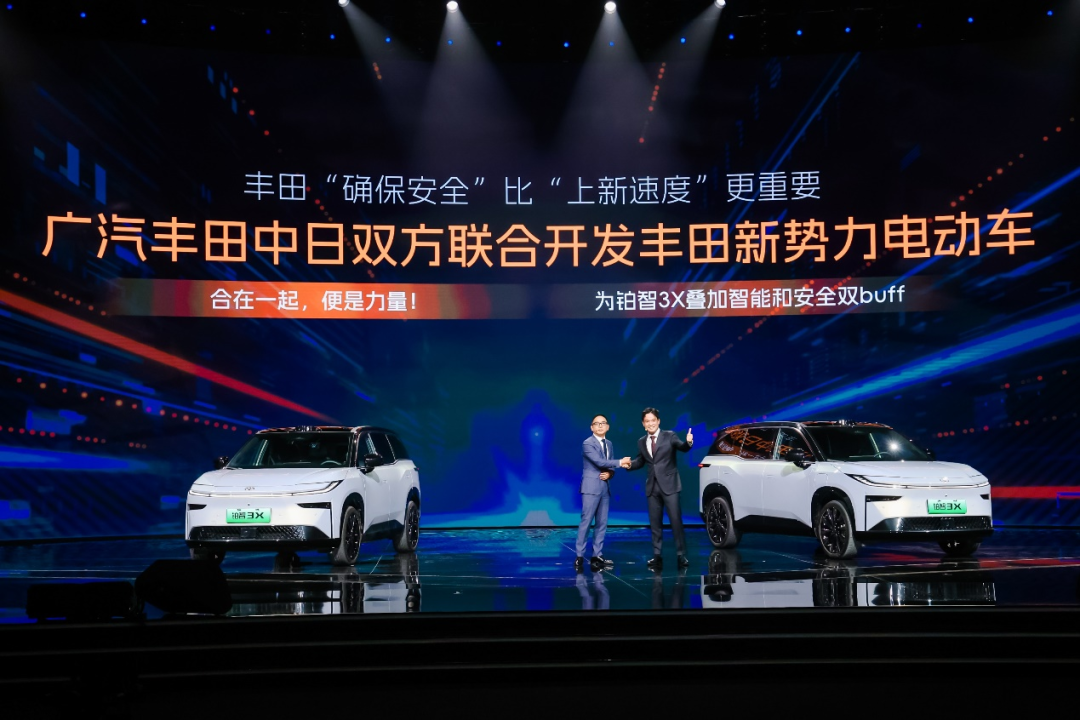
The Bozhi 3X has received positive reviews after its launch, mainly because its configuration and price hit consumer expectations and have a certain degree of competitiveness. This stems from the fact that during the development of the Bozhi 3X, the local team took the lead, with more say from the Chinese side, and the Chinese and Japanese sides working together in the same office, making the fully "independently developed" Bozhi 3X more appealing to Chinese consumers.
"If the methodology of the joint venture 1.0 era is no longer effective, then actively respond to market changes and initiate a new round of fusion under the joint venture 2.0 system," said Wen Dali, executive deputy general manager of GAC Toyota.
This indicates that while other joint venture brands are still following the conventional practice of "importing global vehicles and then implementing local adaptation," GAC Toyota has taken the lead in breaking away from the traditional path, changing its thinking and actions in response to market changes.
Dongfeng Nissan has also been emphasizing "in China, for China." By the end of 2026, it will continue to invest 10 billion yuan, expanding its R&D team to 4,000 people.
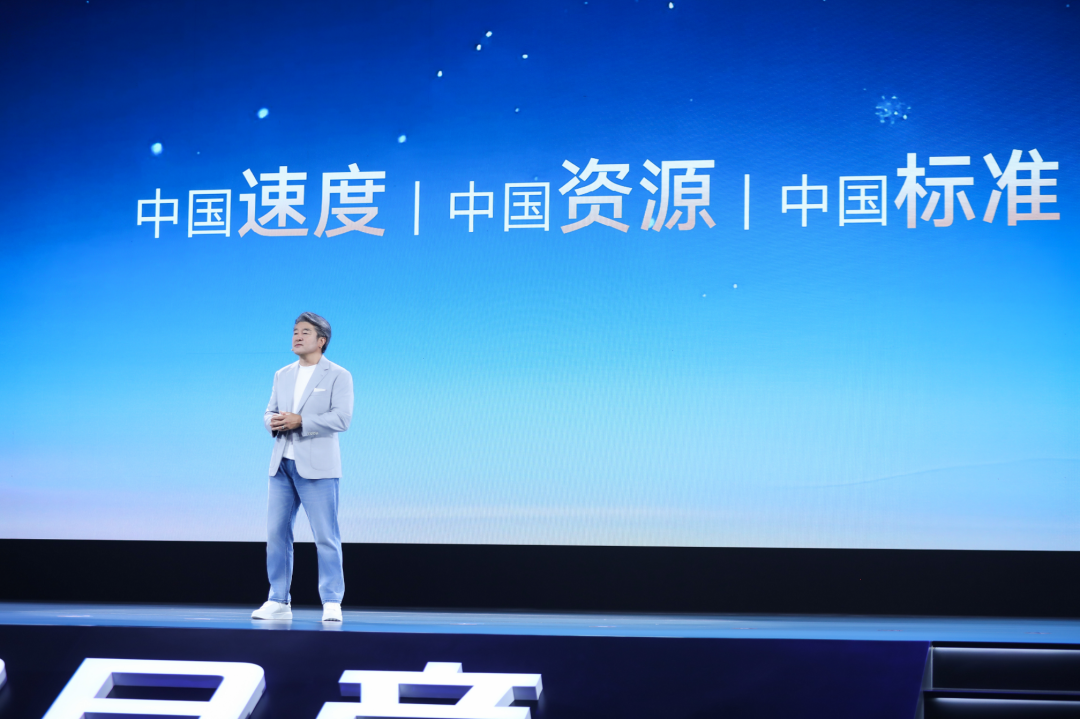
Last year, Dongfeng Nissan signed a strategic cooperation agreement with Huawei, covering the HarmonyOS cockpit and cockpit ecosystem, and will be developed in parallel with Nissan OS, which is self-developed by Dongfeng Nissan.
At the same time, Dongfeng Nissan and Momenta jointly created a high-level intelligent driving solution based on the end-to-end intelligent driving large model, enhancing its intelligence competitiveness.
Dongfeng Nissan has grasped the power of technology. Last year, it announced that the N7, unveiled at the Guangzhou Auto Show, would integrate the latest technology and configurations. The N7 is the first joint venture model to access DeepSeek and is expected to be launched in May this year. As a pure electric vehicle shouldering the responsibility of Dongfeng Nissan's transformation to new energy, it is a crucial work that cannot fail.
In another group, FAW-Volkswagen, SAIC Volkswagen, and SAIC-GM have adopted intelligent driving solutions from Joyway Technology (formerly DJI Auto).
Currently, Joyway has nine cooperating automakers and more than 30 cooperating models, making it a veritable "order king." Moreover, Joyway was the first to focus on "cost-effective solutions," which aligns with the industry trend of the decreasing threshold for intelligent driving. Its cooperation with joint venture automakers to promote equal rights for intelligent driving has a first-mover advantage.

On March 10, Shen Hongguang, the first deputy general manager and executive general manager of commerce at SAIC Volkswagen, once again emphasized the importance of development in China, stating that more than 40 years of collaboration between China and Germany have forged the brand's user satisfaction and loyalty.
Nowadays, Chinese consumers have more confidence in products developed and manufactured locally and pay more attention to local benchmarks. Therefore, SAIC Volkswagen conducts face-to-face exchanges with users through various methods such as surveys, focus groups, and dealer activities, in order to better understand Chinese consumers.

Extend Quality to New Energy
Nowadays, the speed at which smart electric vehicles are launched is dizzying, with a variety of functions. Among them, how many functions truly meet real needs, and how many are just hard-pressed selling points?
"Lured by the starry-eyed ad, but in truth, the panoramic sunroof proves largely unnecessary," "Intelligent driving is hyped, yet sometimes I still hesitate to use it," "A myriad of infotainment functions, yet few are truly functional, and the system is sluggish." These are genuine feedback snippets from new energy vehicle users, captured by Guangqi Honda.
As the penetration of new energy vehicles rivals or surpasses that of traditional fuel vehicles, we must reflect: What direction should a top-notch new energy product take?
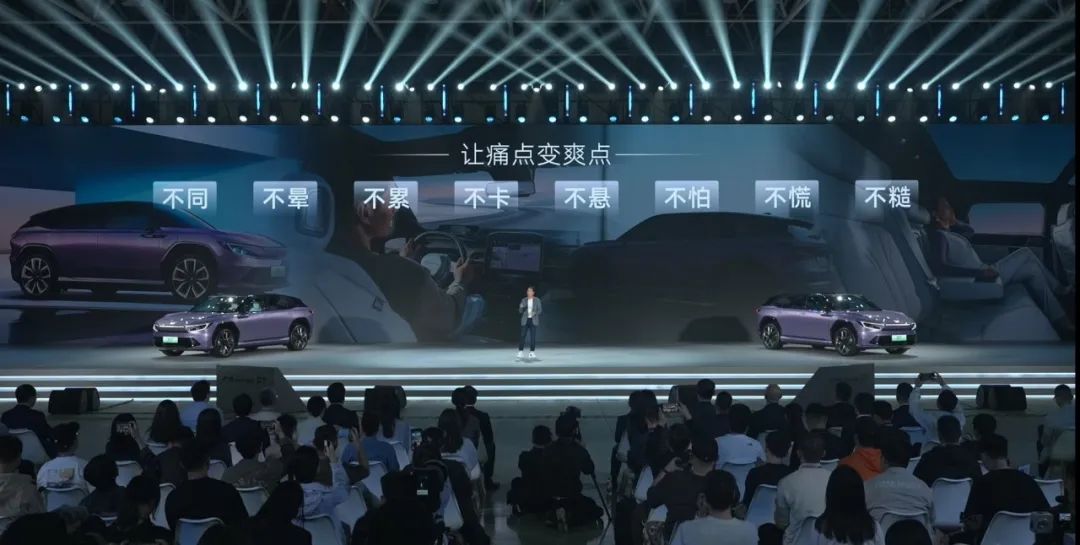
Joint venture automakers universally emphasize quality.
Dongfeng Honda vows to invest time in refinement and employs stringent standards to ensure safety. The CR-V's "20 years of trouble-free driving" stands as testament to this commitment. They liken the S7 to the CR-V in the electric realm, prioritizing quality assurance and returning to the core of safety.
The S7 meticulously focuses on numerous unseen aspects: The hot-formed steel in its body rivals the pressure hull of a submarine, with 25% of the body crafted from 1500MPa hot-formed steel capable of withstanding 15 tons of pressure per square centimeter. It features a unique five-layer A-pillar structure, combined with Honda's patented resistance welding technology, ensuring the body structure remains intact under extreme collisions.
"Before each new vehicle launch, it undergoes a 'four-year university education'... Why does the S7 have such a prolonged development cycle? Safety experiments necessitate hundreds of real-car collisions, and quality enhancement demands tens of thousands of parts to be iteratively improved," shared Gong Xi, the product recommendation officer for Dongfeng Honda S7.
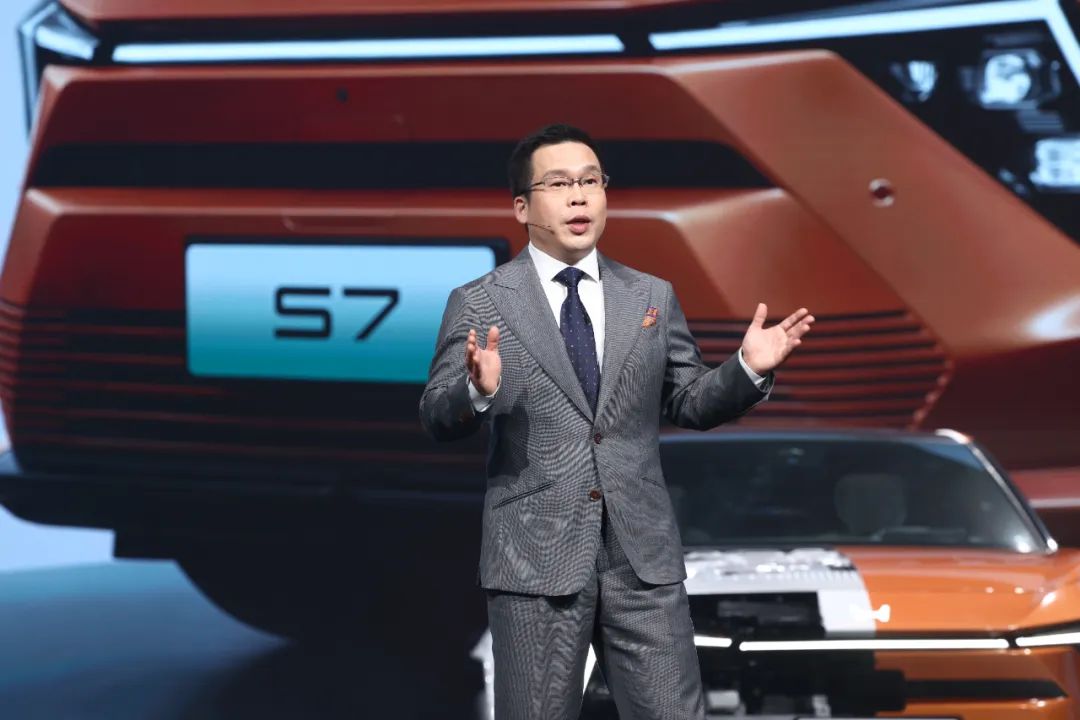
Similarly, for the upcoming Ye P7, GAC Honda champions the notion that "only through countless trials and tribulations can superior quality be achieved." On March 3, GAC Honda held its inaugural technology conference centered around P7, where engineers unpacked technical insights over two hours.
GAC Honda reaffirms the joy of driving, believing that despite the maturation of electric vehicle technology, pure electric vehicles still struggle to balance "intelligence, handling, and luxury." Numerous pain points persist, such as safety concerns, dull handling, and flashy yet impractical features.
The P7 is tailored to address these pain points, leveraging Honda's quality-driven technology. Built on Honda's Cloud Drive intelligent and efficient pure electric W architecture, it employs a "three-in-one" high-power motor, delivering 150kW/350Nm in the front and 200kW/420Nm in the rear, achieving a 0-100km/h acceleration in 4.6 seconds. It also features 6-speed adjustable kinetic energy recovery paddles, mimicking "manual-automatic integrated" control, reigniting the thrill of driving. GAC Honda boasts, "Without 60 years of expertise, don't speak of genuine driving pleasure."
Indeed, quality represents the greatest technical asset and brand capital for joint venture automakers. If this legacy can be sustained and transferred to smart electric vehicles, it will resonate with consumers' genuine needs as the market regains rationality.
Retrospectively, 2020-2024 constituted the "lost five years" for joint venture automakers, who generally missed out on the rapid surge in new energy penetration. It wasn't until 2025, the year of ubiquitous intelligent driving, that they awakened and mounted a counterattack. Many brands won't unveil their new energy "hard goods" until 2026—but no one can predict where Chinese brands' new energy and intelligence will stand by then.
While it's challenging for giants to pivot, joint venture brands are reclaiming their core advantages to safeguard their stronghold and launch a counteroffensive.







